Column
Filter by Process Zone:
Welding High Strength Steel

Here are some answers to frequently asked questions about the process of welding this material, along with insights to help you improve your weld quality and increase your productivity.
May the Press Force Be with You: Tips and Tricks for High Tonnage Bending
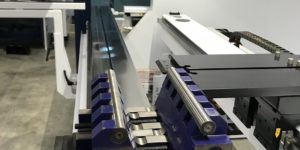
Bending thick plates requires more attention to certain details than lighter bending jobs. Here are some ways to get all your ducks in a row before you bend the first part, so that your job will go more smoothly and translate into more profitable production.
Tips for Successful Hole Sawing
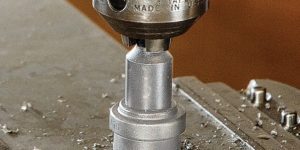
Hole sawing may seem straight forward, and it can be. But for optimal results, following some tips and guidelines for selecting and using hole saws is recommended. In fact, fabricators who are adept and knowledgeable about band sawing can apply some of these same strategies when hole sawing.
Choosing the Right Shear for Your Application

Five different types of shear grinds for punch press tooling can reduce the amount of punching force required, increase tool life when side loading is not a concern, and minimize the amount of wear on the machine. Here are some tips on how to choose the correct option for a specific application.
Making Robots “Tick” for Your Operations
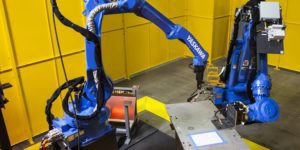
One robot on its own can make a difference in production efficiency. But many shops are realizing how – although what makes one robot “tick” will most likely vary from another – the use of multiple robots in conjunction with each other and/or peripheral technologies can further improve efficiency and accelerate payback.
Finishing Stainless Steel: The Ten Essentials

Finishing stainless steel is expensive because it requires a significant amount of time, more skilled labor, and mistakes can have a big impact on quality and productivity. To maximize efficiency and your bottom line in achieving any finish – whether it be a #4 sanitary finish or a #8 mirror finish – be sure to follow these ten best practices.
Learn More About Electrode Extension, Stickout and Contact-Tip-to-Work Distance
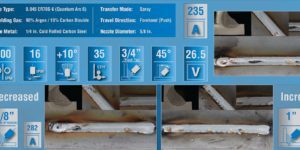
Each of these terms have specific definitions, and using them interchangeably can cause confusion that puts amperage out of the specified range. Understanding the terms being used and how they are defined by AWS provides clarity that can help prevent mistakes and rework.
Small Actions Make a Big Impact on Cutting Success
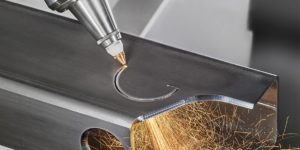
Those details that were so important in the beginning slowly lost their importance in a slippery slope toward diminished product quality, lower efficiency and lack of maintenance. Getting back to basics is always the best way to keep a laser tube machine in top condition mechanically and optically, and to avoid a huge problem before it seems insurmountable.
How to Avoid Losing Customers to Competitors

When a competitor walks away with an account, no one saw it coming or what went wrong. What’s the best strategy for keeping encroaching competitors away from your customers?
Changing Business Models with the Internet of Things
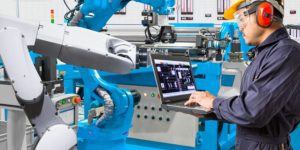
How does your company create and deliver value? Guest columnist Jonathan Wilkins of industrial automation and controls equipment supplier EU Automation explains how technology is changing the way manufacturers provide customers with the reliability, efficiency and accurate cost prediction they need.
Making the Switch from Negative to Positive Tool Offsets
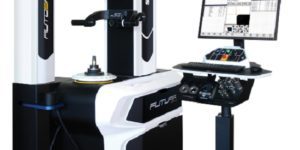
This simple switch makes life much easier because it introduces more standardization to the shop floor, reduces the burden on operators, increases setup speed and dramatically reduces the chances of human error. All of which saves time and realizes return on investment – and each additional machine helps increase the rate of return.
Metal Stamping Industry Projections for 2019
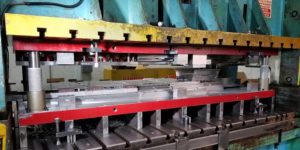
The metal stamping business is still strong, the labor pool is depleted, pressrooms are busier today than yesterday, and growth should continue in the year ahead. But be prepared for the unexpected and the transition into the new economy of metalworking.



